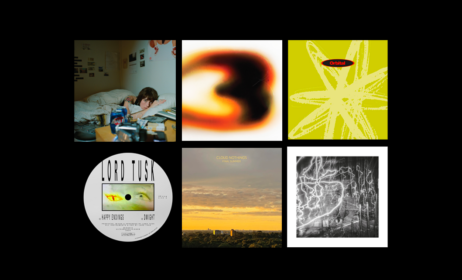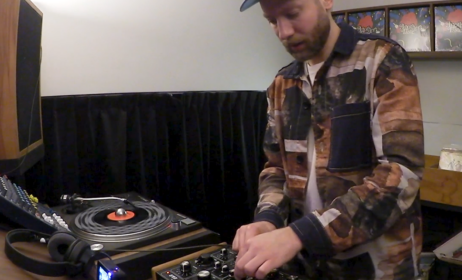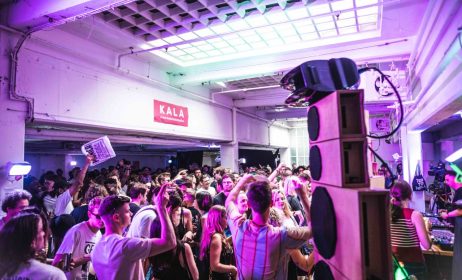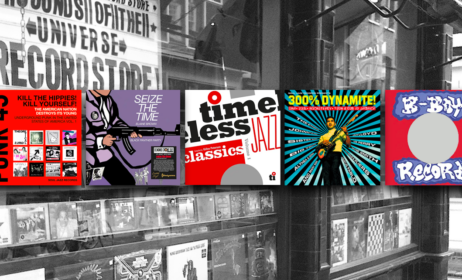Published on
June 8, 2016
Category
Features
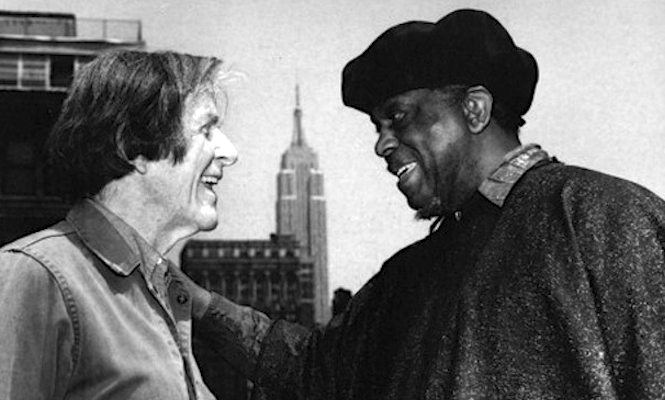
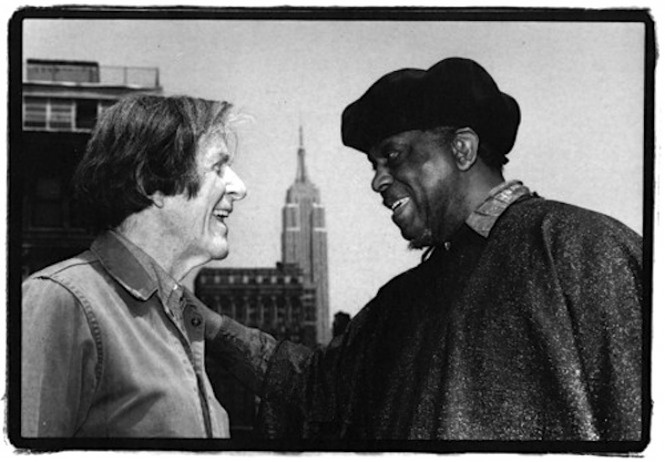
The full story of that mythical meeting in Coney Island, told by the man who made it happen.
Mid afternoon on Sunday 8th June, 1986 and concert producer Rick Russo is looking nervously down the Broadwalk. Sun Ra’s vehicle is lost in Coney Island, and it’s getting dangerously close to the curtain call. Inside, roughly two hundred students, avant-garde enthusiasts and promenade day trippers are sitting in folding chairs eating popcorn under canvas posters heralding Snakeology, the Asian Flesh-Eating Fish, a Midget Kangaroo and a Mermaid Parade that hang from the ceiling of Sideshows By the Seashore. This former penny arcade and freakshow on the Coney Island Broadwalk is the unlikely setting for the avant-garde concert of the century.
“Through my own work as a composer, I had met both John Cage and Sun Ra separately in the 1970s,” remembers Russo, who produced the show with his now partner Bronwyn Rucker. Together they had started their own label Meltdown records, which would go on to release the original album the following year and needed to let people know. “I had the idea of putting both John Cage and Sun Ra together as a benefit concert to help launch the label.” It was one of the only records the label ever released.
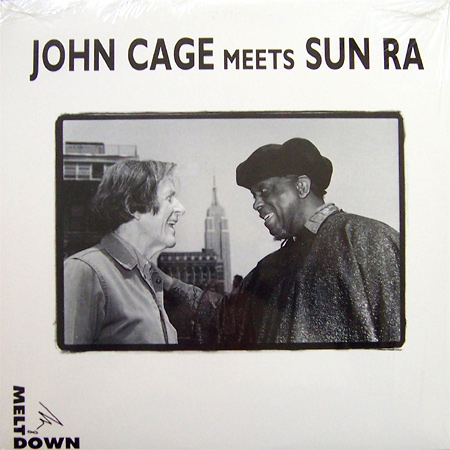
Pressed in two editions of 1,000 records, John Cage Meets Sun Ra showcased “unedited segments” of the the historic concert and has, until now been the only document of the near-mythic encounter between two of the twentieth centuries most important avant garde musicians and musical philosophers. A holy grail record, with a reputation that precedes its scratchy forty minute performance, the complete concert is now being released for the first time, courtesy of Modern Harmonic records, who have salvaged a further twenty-five minutes of perviously unheard material and this extra-ordinary, never before seen video of the concert.
To tell the complete story, we tracked down Rick Russo and show attendee Howard Mandel, who wrote the album’s original liner notes. With Sun Ra driving round in circles on Coney Island, Rick picks up the story.
“It was only by chance, believe it or not, that Sun Ra made it to the venue – and there was no way of us communicating. While waiting for Sun Ra to arrive, I left the Boardwalk and went to Surf Avenue – that’s when I saw Sun Ra, flagged him down and directed his vehicle to the theatre – they were about to leave! John Cage, on the other hand, insisted on not being driven and wanted to take the subway from Manhattan instead, and had me draw a map on how to get to the theatre.”
Unsurprisingly perhaps, John Cage had never been to Coney Island before. But such, was the nature of the event; an uncanny combination of the banal and the sublime, described perfectly by Mandel: “one of modern music’s most insightful, iconoclastic theorists and one of its most outlandishly original visionaries, held in view of the Atlantic while beachgoers sauntered by.”
Interestingly, Ra and Cage previously had little or no musical contact, something utterly inconceivable today and a sign of just how independently these pioneers were operating. Ra “thought he had read” Cage’s collection of essays and writings Silence, and Cage needed to be told by Russo who this cosmic cape-clad pianist was he would be sharing a stage with. “He [Cage] was pleased to learn about Sun Ra’s pioneering use of electronics,” Russo explains. But the connection, it seems, ends there.
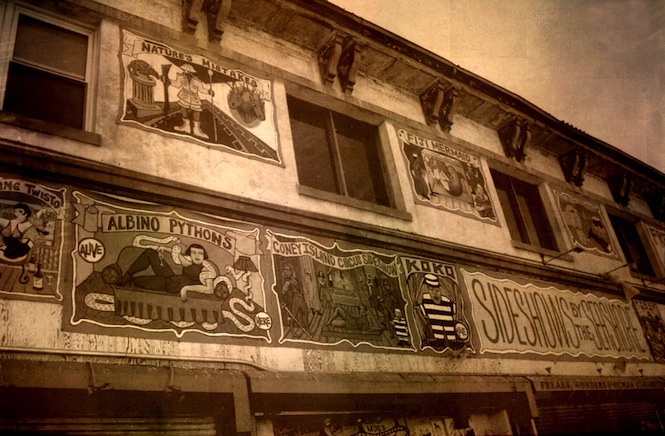
With the sun beating down outside, and the venue doors thrown open to the Broadwalk to an unofficial audience sitting cross-legged twelve rows deeps, the performance began. Rick Russo and Bronwyn Rucker banged a drum to call the proceedings to order. Mandel sets the scene: “A bare-chested black man with a hieroglyphics-marked terrycloth towel wrapped around his middle walked onto the cheaply draped stage holding a bowl of smoking incense in one palm, clasping an ankh with his other fist. Right behind him was Marshall Allen, Ra’s longtime alto saxophone-playing lieutenant.
“Allen raised an oblong black metal wind synthesizer – formally an EVI, electronic valve instrument – to his lips and blew a fanfare as crude and arresting as a blast from a ram’s horn, leaping immediately to blunt and piercing extremes of pitch and timbre. Then out came Ra, in a purple tunic with silver foil sleeves, a star-studded cloth cap on his head so that only a fringe of orange-dyed hair peeked out from over his ears. A tuft of neatly trimmed orange beard decorated his second chin. Alongside him was Cage, dressed as usual in faded blue jeans and a grey jacket over a blue denim work shirt. Cage sat at a card table, leaning in towards a mic on a stand. Ra stationed himself about four feet to Cage’s right, directly facing the audience from behind his Yamaha DX7 keyboard.”
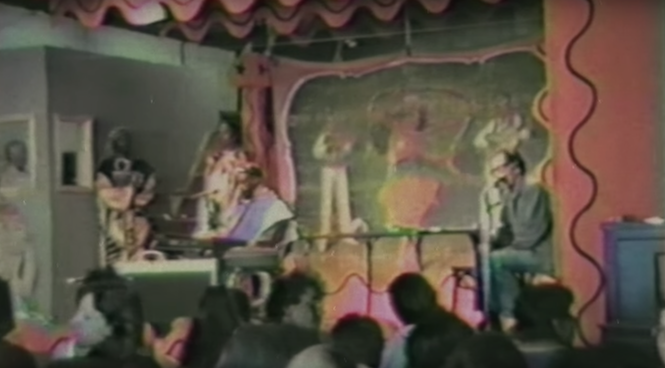
Ra dominated the opening half of the show, leading the increasingly hysterical audience on a winding path of jazz-inflected synth swells, dissonant electronics and frenzied harmonic structures. As Tyler Fisher describes, despite the chaos “everything is going somewhere”.
Cage’s performance was not quite as theatrical. Moments of profound silence fill the room between vocal experimentations, Cage reading in the imagined vernacular of his poem Empty Words IV. As the video above testifies, Ra would often sit in, providing a sparse sonic bed from behind his synthesizer.
“When both John Cage and Sun Ra entered the stage together, I had a tremendous sense of relief,” Russo remembers, needing a moment to let the gravity of the situation sink in.
“It doesn’t get more avant-garde than having John Cage and Sun Ra “meet” in a converted penny arcade, now a sideshow theatre, in the middle of a legendary amusement park.” Further description seems unnecessary. The rest is mystery.
John Cage Meets Sun Ra: The Complete Concert is out now.


